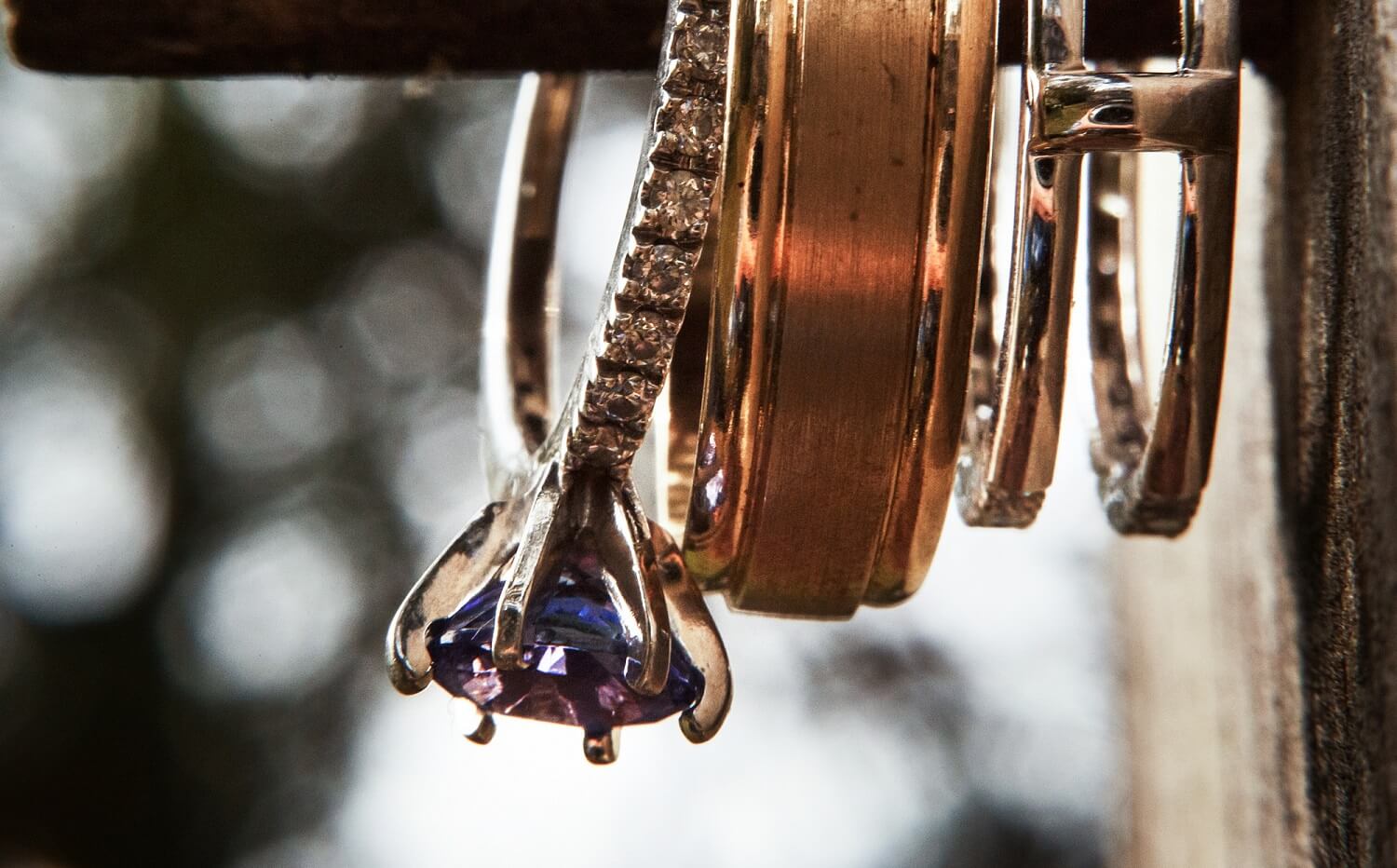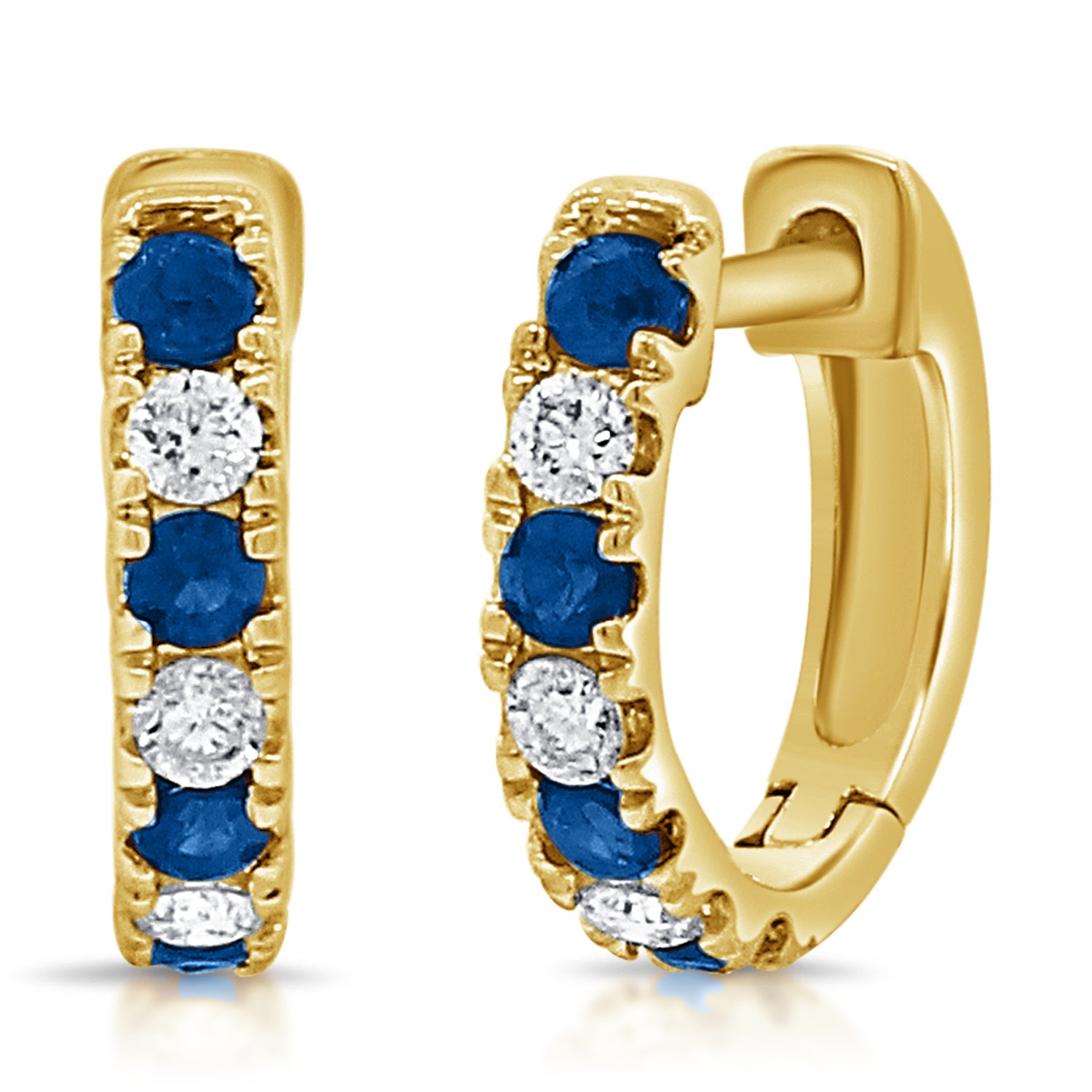Introduction: The Symbolism Behind the Circle - Engagement and Wedding Rings History
Throughout history, wedding and engagement rings have served as symbols of love, unity, power, wealth, and commitment. Across continents and cultures, these rings tell stories — not only of romantic unions but also of evolving societal values, artistry, and tradition. While the modern diamond engagement ring may feel like a universal norm, the truth is far more layered and global.
This article takes you on a journey through time and across civilizations to explore the origins of the tradition of giving rings and how it continues to evolve in today's world.

1. Ancient Beginnings: Egypt and Rome
Ancient Egypt (c. 3000 BCE)
The earliest records of ring-giving come from Ancient Egypt, where circles symbolized eternity. Couples exchanged reed or leather bands worn on the fourth finger of the left hand—believed to house the "vein of love" (vena amoris) that connected directly to the heart. Gold bands followed for the wealthy, engraved with symbols of the sun, serpent, or sacred birds.
Ancient Rome
The Romans adopted the Egyptian ring tradition but introduced a more patriarchal twist to it. Engagement rings were often made of iron, symbolizing strength and permanence, although gold was reserved for the upper classes. The ring also acted as a symbol of ownership rather than mutual affection. Roman women sometimes received two rings: one for public display and one for household use.
2. Medieval Europe: Religious Symbolism and Royal Wealth
The Rise of Religious Influence (400–1100 CE)
As Christianity spread across Europe, marriage became increasingly tied to church ceremonies. Rings became sacred symbols, representing a covenant not just between two people but before God.
By the 9th century, Pope Nicholas I declared that a gold ring signified the groom's intent to marry, reinforcing the spiritual and financial seriousness of the commitment.
The First Diamond Ring: 1477
The tradition of diamond engagement rings began with European royalty. In 1477, Archduke Maximilian of Austria presented Mary of Burgundy with a ring set with small, flat-cut diamonds in the shape of an "M." This act sparked a trend among the elite, establishing diamonds as a symbol of enduring love and affection.
3. Renaissance & Baroque Eras: Craftsmanship and Secret Messages
Posy and Gimmel Rings
During the 16th and 17th centuries, engagement rings became more romantic. Posy rings, inscribed with short poems or declarations inside the band, gained popularity in France and England.
Gimmel rings, which consisted of two or three interlocking bands worn separately during engagement and united at the wedding, symbolized the joining of lives and families.
Jewelry as Social Status
In these eras, rings were often elaborate and gem-encrusted, reflecting social rank. For the wealthy, it was not unusual to feature colored gemstones like rubies, emeralds, and sapphires—long before diamonds became dominant.
4. Asian Traditions: From Red Threads to Jade Bands
China
While the Western world emphasized metal bands, traditional Chinese engagement rituals focused on betrothal gifts and contracts. Rings weren't always central, but they were more commonly used in urban settings influenced by Western trends. Jade rings held symbolic meaning, representing virtue and harmony.
India
In India, the engagement and wedding traditions focus on intricate ceremonies. Rings are part of the engagement ritual, but married women are more traditionally identified by the mangalsutra (sacred necklace) or bichiya (toe rings). However, diamond rings have become increasingly popular among modern Indian couples.
5. The Modern Diamond Era: The Power of Marketing
De Beers and "A Diamond Is Forever"
The dominance of the diamond engagement ring is mainly due to a brilliant advertising campaign. In 1947, De Beers introduced the slogan "A Diamond Is Forever," which promoted the idea that a diamond symbolizes eternal love.
The campaign succeeded in establishing the following:
- Diamonds as the standard engagement stone
- The "three-month salary" rule for ring budgets
- Emotional messaging that made rings essential, not optional
By the mid-20th century, diamond rings had become firmly rooted in Western wedding culture — and were increasingly adopted globally.
6. Regional Wedding Ring Customs Around the World
North America
Today, engagement and wedding rings in the U.S. and Canada are typically worn on the left ring finger, often as a diamond solitaire or a halo setting. Matching his and her wedding bands has become popular in recent decades.
Western Europe
In countries like the UK, France, and Germany, ring-wearing traditions vary:
- UK: Engagement ring on the left, wedding band stacked below
- Germany: The engagement ring is on the left, and the wedding ring moves to the right post-ceremony
- Scandinavia: Often wear just a plain band on the right-hand
Middle East
In many Arab cultures, rings are exchanged during both the engagement and the wedding. Gold is preferred over diamonds, and it's common for men to wear wedding rings as well.
Latin America
Couples often wear matching bands on their right hands during engagement, moving them to the left after marriage. Engraving names or dates inside the band is a widespread tradition.
Cultural Symbolism in Gemstones and Metals
Gold
Gold is historically favored across cultures for its symbolism of wealth, purity, and durability. Variants include:
- Yellow gold: classic and traditional
- White gold: modern and elegant
- Rose gold: romantic and soft
Gemstones & Their Meanings
- Diamond: eternity, purity
- Ruby: passion and protection
- Sapphire: loyalty and trust
- Emerald: love and renewal
- Aquamarine: calm and clarity
These meanings have influenced couples' choices for centuries — and still guide preferences today.

Custom engagement gold and diamond rings by OKG Jewelry
The Role of Technology in Modern Ring Design
Modern ring design is now shaped by technology and customization:
- 3D modeling and printing for precision
- Augmented reality (AR) try-ons for e-commerce
- AI-assisted custom design based on preferences and trends
- Online consultations with jewelers, expanding access globally
Custom rings have never been more accessible or personal.
The Future of Engagement and Wedding Ring Trends: Minimalism, Sustainability & Storytelling
The evolving landscape of engagement and wedding ring design reflects a powerful shift in how couples express commitment. Rather than adhering strictly to tradition, today’s ring trends are rooted in individuality, purpose, and deeper meaning.
One of the leading trends is minimalism. Brides and grooms are gravitating toward sleek, understated designs—thin bands, subtle settings, and elegant stones that highlight simplicity and sophistication. Minimalist engagement rings, often featuring solitaire or bezel-set diamonds, appeal to those who appreciate refined beauty and timeless wearability. Wedding bands, too, are adopting streamlined forms, often featuring soft matte finishes or delicate texturing.
Another key direction is sustainable sourcing. As environmental and ethical awareness grows, so does the popularity of lab-grown diamonds, recycled metals, and transparent sourcing practices. Couples want their rings to symbolize love not only for each other but also for the planet. Ethical engagement rings are no longer niche—they are becoming a new standard.
Customization continues to rise as a defining trend. More couples are co-designing their rings, from choosing metal finishes to engraving personal messages or symbols. This desire for personalization turns each piece into a unique reflection of the couple’s relationship.
Finally, there’s a strong movement toward storytelling through design. Whether it’s incorporating meaningful gemstones, referencing heritage, or evoking a shared experience, rings are becoming emotional keepsakes that transcend mere aesthetics. These pieces tell love stories in metal and stone — designed not just to sparkle but to say something lasting.
The future of rings isn't about following rules — it's about expressing love your way.

Conclusion: A Global Love Story in a Band
From reeds in Ancient Egypt to lab-grown diamonds in 2025, wedding and engagement rings reflect the values and creativity of every generation. They're both personal and universal — symbols that continue to evolve as we redefine love, marriage, and identity.
At OKG Jewelry, we celebrate this beautiful legacy through custom designs, ethical diamonds, and expert craftsmanship. Whether you're inspired by history or ready to make your own, we're here to help you design the ring that's just right for you.



